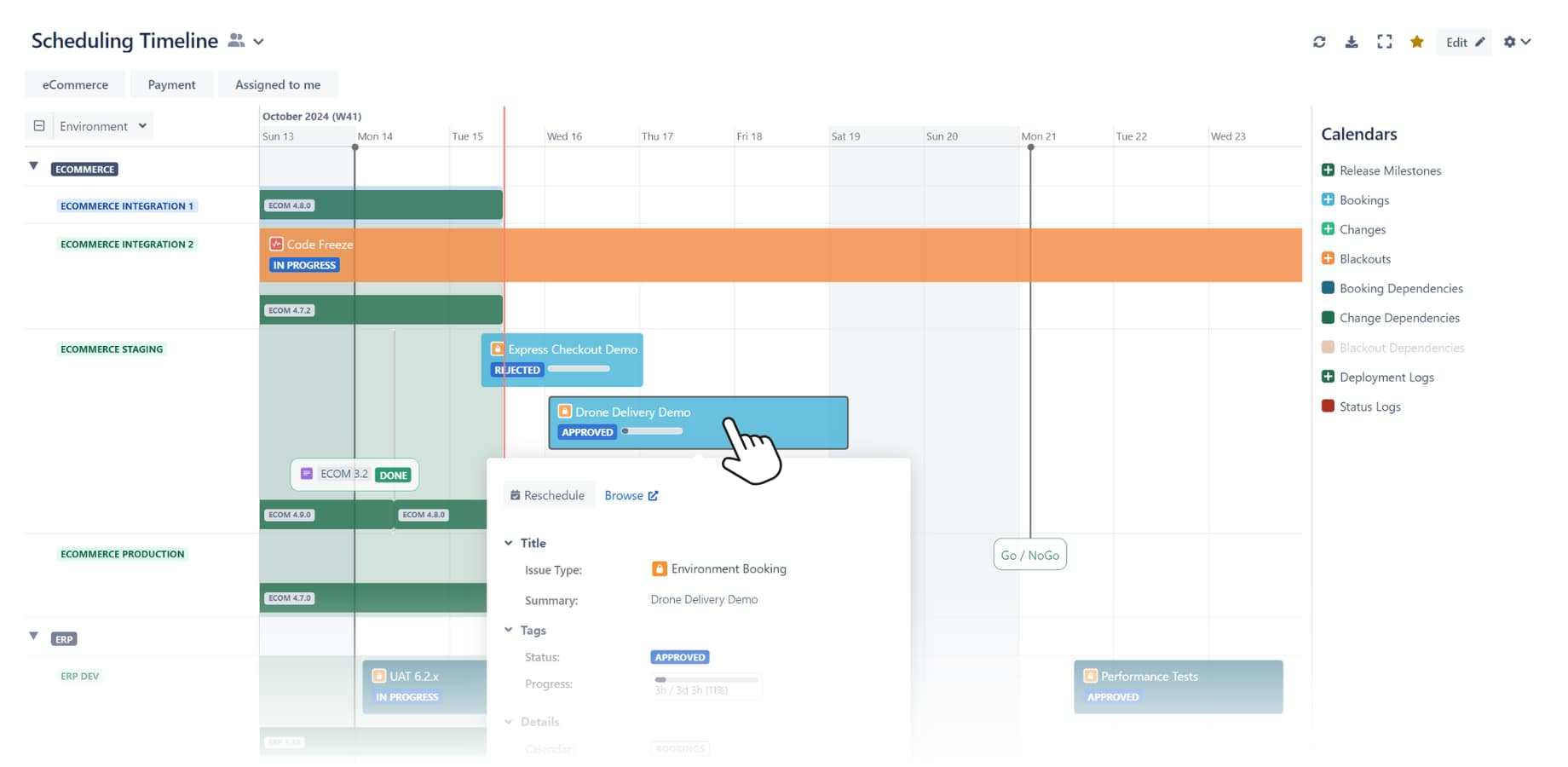Quick Overview
Discover how Lotto New Zealand improved visibility, alignment, and efficiency in its deployment process using Golive for Jira. DevOps engineer Gordon Wan walks through how automation, integrated dashboards, and version traceability helped support faster decisions and clearer collaboration between teams. Learn in this success story how a real company simplified release management and gained time back for strategic work with Apwide Golive.

“It’s more agile, simpler, and we no longer need to do everything manually; it saves a lot of time” Gordon Wan, Lotto NZ
Lotto New Zealand, the official lottery of New Zealand with a team of 200 people, has undergone a remarkable transformation in how it manages its applications, versions, and environments.
What was once a manual, fragmented, and time-consuming process has become automated, integrated, and highly efficient, all thanks to the adoption of Apwide Golive.
The journey, led by Gordon Wan, a DevOps engineer at Lotto NZ for three years, shows how innovation and persistence can transform operational challenges into opportunities for continuous improvement.
Before Golive, Gordon spent much of his time managing applications and deployments manually in Confluence and spreadsheets. Even with attempts to automate updates through scripts, the process quickly became confusing and difficult to maintain. It was his manager, Tushar Sawant, who discovered Golive, motivated by the need for a more integrated version management solution.
Initially adopted to facilitate version control, Golive revealed much greater potential. In addition to tracking, it offered automation, integration, and transparency throughout the deployment pipeline.

Beyond Version Control
“We realized it was much more than version control,” says Gordon. By consolidating information from different systems, Golive created a centralized view of deployments from start to finish, supporting the company's mission, as stated on the Lotto NZ website, to integrate the physical environment with the digital world.
During the implementation, the team faced a learning curve. With limited documentation available at the time, they explored Golive through hands-on experimentation and frequent use of the support portal. Even with occasional delays due to time zone differences, the responses were consistently helpful and clear. Based on feedback from teams like Lotto NZ, Apwide has since expanded support coverage to additional regions, making assistance faster and closer to customers worldwide.
Gordon highlights that, from a DevOps perspective, one of the most valuable features was the ability to automatically update deployment statuses throughout the pipeline, with complete visibility in the control panel, including deployment start and end times, and the linking of Jira tickets to versions. This feature facilitates identifying the purpose of each version and the specific adjustments needed.
Learning as They Went: Early Obstacles and Workarounds
The implementation began by creating scripts that precede the main script, as is expected in pipelines where there's a pre-deployment script and a post-deployment script. Gordon tells us: “So, I created individual scripts for before, during, and after the script deployment to update versions and include things like the link to the pipeline that released the application and the associated Jira ticket”.
Over time, the integration between Golive and existing workflows became seamless. Application statuses began to be automatically updated during deployments, and Jira tickets were directly linked to versions. This brought complete traceability and reduced manual workload, freeing engineers for more strategic tasks.
“Golive dashboards elevated visibility to another level. The platform shows details of each deployment and highlights which environments are synchronized”, says Gordon. This information became indispensable, especially for the QA team, which uses Golive daily to monitor test environments. Another point he highlights is how “transparency improved communication and eliminated friction points between teams”.
The tool is used daily by Lotto NZ's quality control team, and they can identify the environment that is out of sync and monitor synchronization. Similarly, when someone clicks to see the latest version of an application, it's possible to see, with one click, what bug fix that version was updated for.
The impact on daily operations was immediate. Processes became faster, collaboration between teams more fluid, and reports more accurate. “It’s more agile, simpler, and we no longer need to do everything manually; it saves a lot of time,” summarizes Gordon. Automation eliminated the risk of outdated information and reduced the time spent on operational tasks.
Even with these advancements, the team continues to seek improvements. Gordon points out that documentation can evolve and that APIs still have limitations. One example is the difficulty of grouping multiple parallel pipelines under a single deployment status, something relevant for more complex environments. These suggestions reflect Lotto NZ's collaborative spirit and its commitment to continuous evolution.

New Tools and Learning Curve
The implementation of Golive required adaptability, persistence, and teamwork. Today, already many advances in documentation, the scenario is different. This journey reinforced the importance of being open to learning and embracing innovation. Golive is "definitely worth it" for the time it saves and the improved appearance of the information. Gordon advises other teams facing similar challenges to be open-minded and try out innovation tools.
Improvements for Golive
Golive has already brought significant advancements, automation, intuitive dashboards, and integration with Jira, but Lotto NZ continues to propose improvements. Gordon suggests expanding API options, continuing to improve documentation, and allowing parallel pipeline grouping. These ideas demonstrate a mindset focused on optimization and collaboration, benefiting both the company and the platform's user community.
Key Takeaways
- Start small: adopt the tool for one purpose, then expand as you see value.
- Automating what is repeated frees time and reduces mistakes.
- Make deployments traceable so everyone knows what changed and why.
- Visibility creates alignment; when everyone sees the same data, decisions get easier.
- Feedback improves the product, speak up when something could work better.





